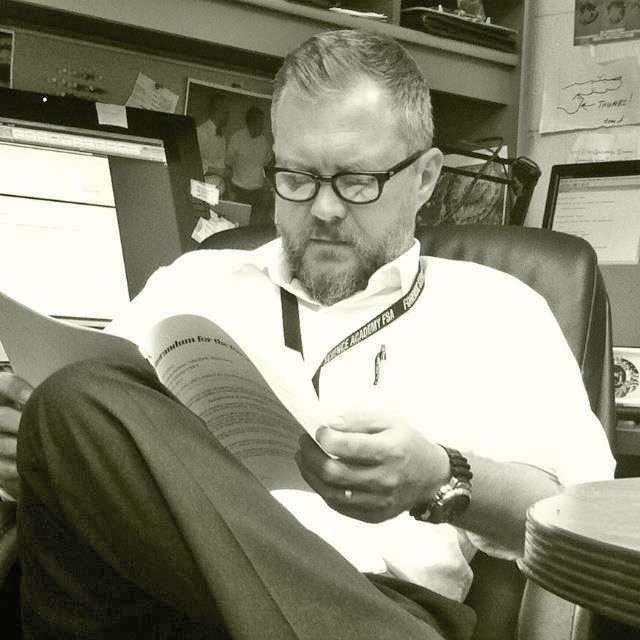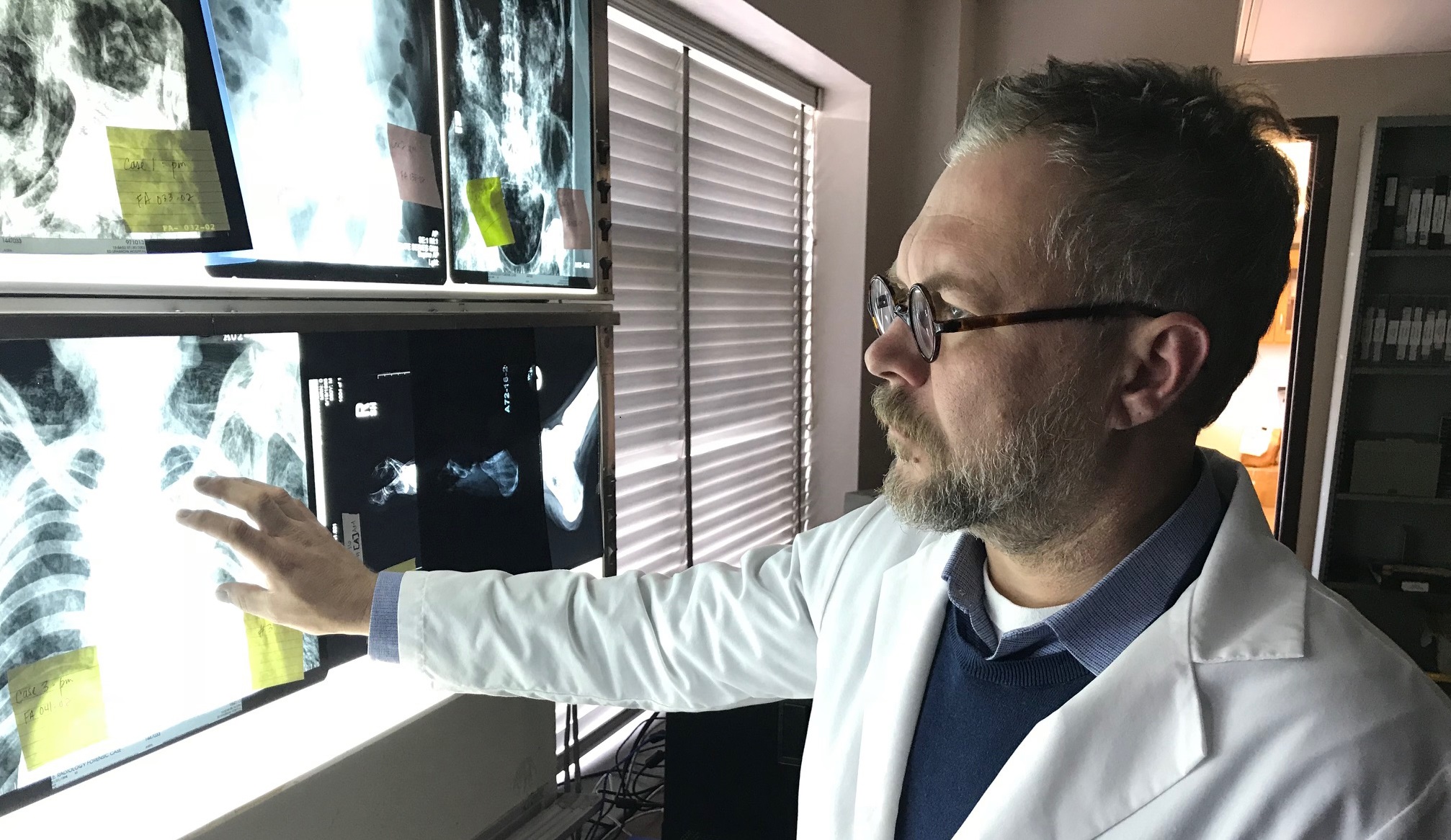-
MSU Department of Anthropology holds Human Remains Excavation Course for Michigan State Police
By Katie Nicpon Caption: The MSU Forensic Anthropology Lab facilitated a training session in Lansing for members of the Michigan State Police force. The training involved how to properly excavate and handle remains. The skeletons used for the training were made of plastic. Photo credit: Jacqueline Hawthorne, MSU College of Social Science photographer. In September, […]
-
Forensic Anthropology in the News
MSU Forensic Anthropology continues to bring answers and closure for the families of tragedies. When unidentified human remains were found on private property in northern Kent County, Wyoming Department of Public Safety called in MSU forensic anthropologist, Dr. Joe Hefner to identify the remains. They were the remains of Charles Oppenneer, a victim of the […]
-
Dr. Hefner and NIJ Helping to Identify Children
Dr. Joseph T. Hefner, Assistant Professor in the Department of Anthropology at Michigan State University, and Dr. Nicholas Herrmann, Associate Professor in the Department of Anthropology at Texas State University, received a National Institute of Justice award to improve the accuracy of age estimates for unidentified remains of children and adolescents. The University of Texas […]
-

Featured Faculty: Dr. Joe Hefner
Dr. Joe Hefner joined the Department of Anthropology in the Fall semester of 2014 as an assistant professor in forensic anthropology. He currently teaches graduate level Human Osteology and Multivariate Statistical Analysis along with undergraduate Introduction to Physical Anthropology, Hominid Fossils and Time, Space and Change. Previously, Dr. Hefner worked as a contract archaeologist throughout […]
-
News from Around the Department
Graduate student and PhD. Candidate Susan Kooiman received the 2016-2017 Moreau Maxwell Scholar Award. This award is given to an Anthropology graduate student for an outstanding research contribution in Anthropology. The award is named in honor of the late Professor Moreau Maxwell, who is internationally recognized for his research contributions in Arctic archaeology. This award […]
-
Alumnae Dr. Jane Wankmiller, Director of FROST
We are very proud to announce that our recent alumna, Dr. Jane Wankmiller, is the new Director of the Forensic Research Outdoor Station (FROST), and Assistant Professor of Anthropology at Northern Michigan University (NMU). FROST, is currently under construction, and will function as an outdoor forensic anthropology research and training facility located in Marquette, MI, […]
-
MSU Forensic Anthropology Lab
The MSU Forensic Anthropology Laboratory, directed by Dr. Joseph Hefner, provides some of the best forensic anthropology PhD training in the country thanks to the program’s incredible research, teaching, and service opportunities. Under the supervision of Dr. Todd Fenton, Dr. Joseph Hefner, and Dr. Carolyn Isaac, graduate students gain experience conducting public service forensic work […]
-

MSU Forensic Anthropology Lab Brings Closure to Families
Dr. Joe Hefner of the MSU Forensic Anthropology Lab, housed within the Department of Anthropology, was recently featured on ABC 12 News, a local Mid-Michigan subsidiary. When human remains are found by the Michigan State Police, they are brought to the MSU Forensic Anthropology Lab for identification, as was the case this fall when remains […]